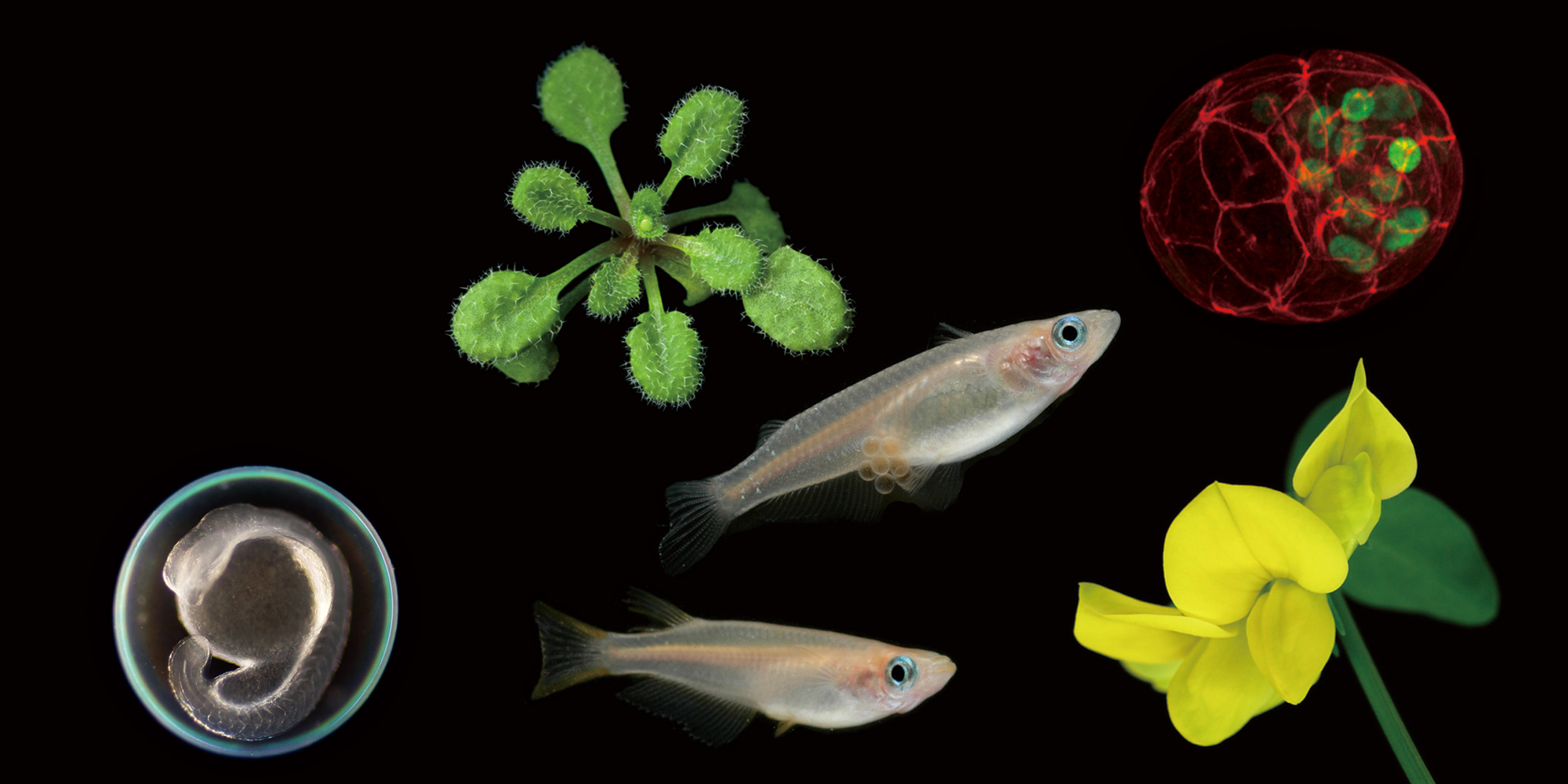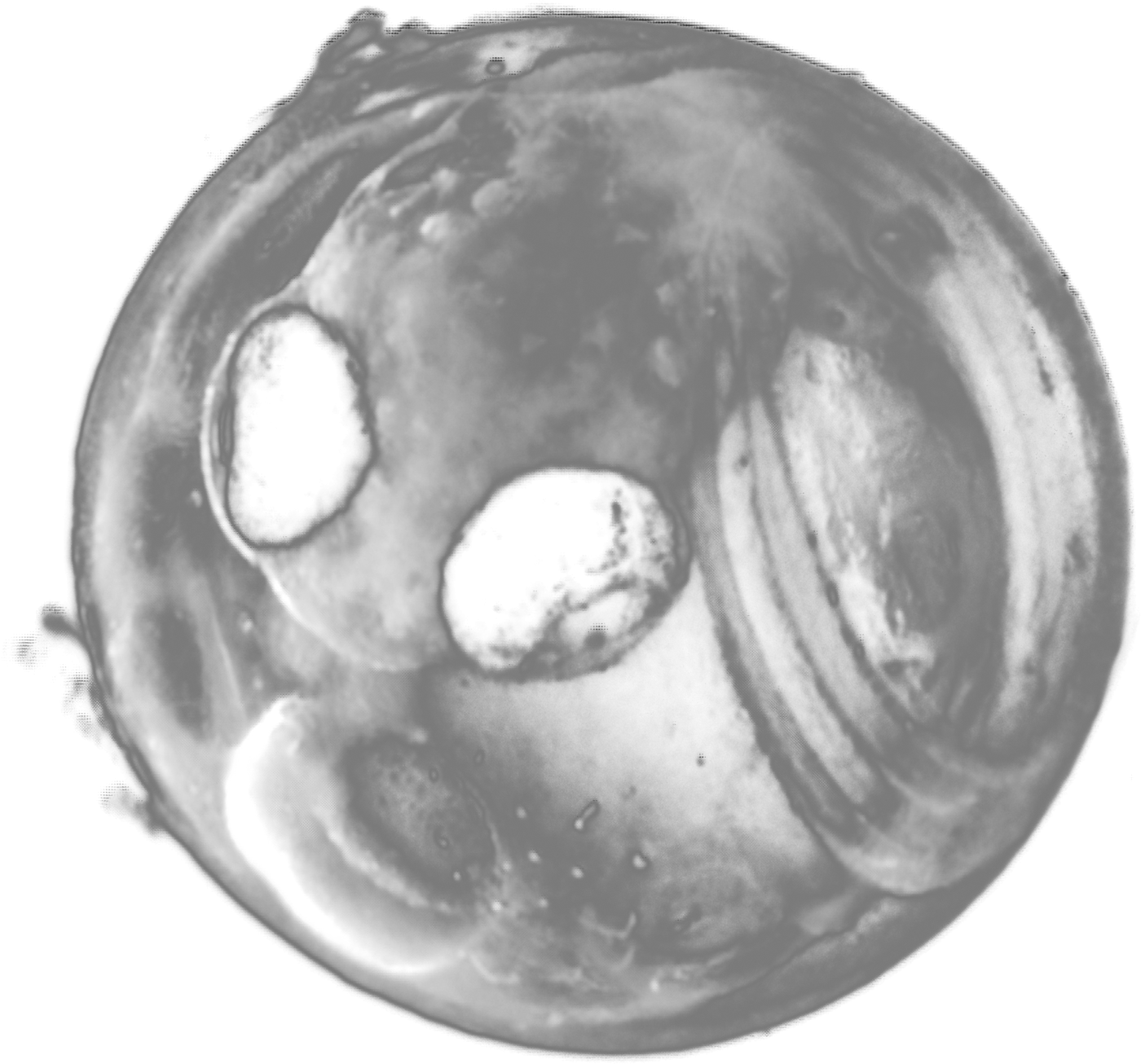2007.10.18 部門公開セミナー
Are classic mammalian pheromones simply steroids passed between individuals?
Dr. Denys deCatanzaro (Dept. of Psychology, Neuroscience & Behaviour, McMaster University, Hamilton, Ontario, Canada)
2007年10月18日(木) 16:00 より 17:30 まで
山手地区3号館9階セミナー室A
分子環境生物学研究部門 井口 泰泉 内線5235
Many mammals are known to excrete chemicals that can affect the physiology and behavior of other members of their species. However, generally the chemistry of these “pheromones” has not been known. My students and I have gathered much evidence that estrogens and androgens account for some of the best-established mammalian pheromonal effects. In mice and many other mammals, novel males can terminate pregnancy in nearby females (the “Bruce effect”). Previously, researchers argued that this happened because a female would imprint on the protein-based odor of the sire (or father) of the pregnancy, then recognize the novel odors of other males and lose pregnancy due to psychological and hypothalamic mechanisms. However, we have shown that: 1) there are very high levels of estrogens and androgens in males’ urine and other excretions, 2) novel males actively deliver their excretions to pregnant females, 3) very small amounts of estrogens on a female’s skin or nose will end her pregnancy, and 4) females do not reliably recognize the sire’s odor or avoid novel males. In fact, the levels of males’ urinary estrogens rise significantly when they are around pregnant females. In another pheromonal effect, novel males can hasten the development of puberty in developing females (the “Vandenbergh effect"). This effect is also mimicked by tiny quantities of estrogens, and estrogens in novel males' urine rise in the presence of developing females. We have also gathered some human data, finding very high quantities of androgens and estrogens in saliva, urine, and especially perspiration from young men. We have also become interested in artificial chemicals, such as bisphenol A, that are known to act on estrogen receptors, and have found evidence that they can mimic pheromones and disrupt pregnancy.







